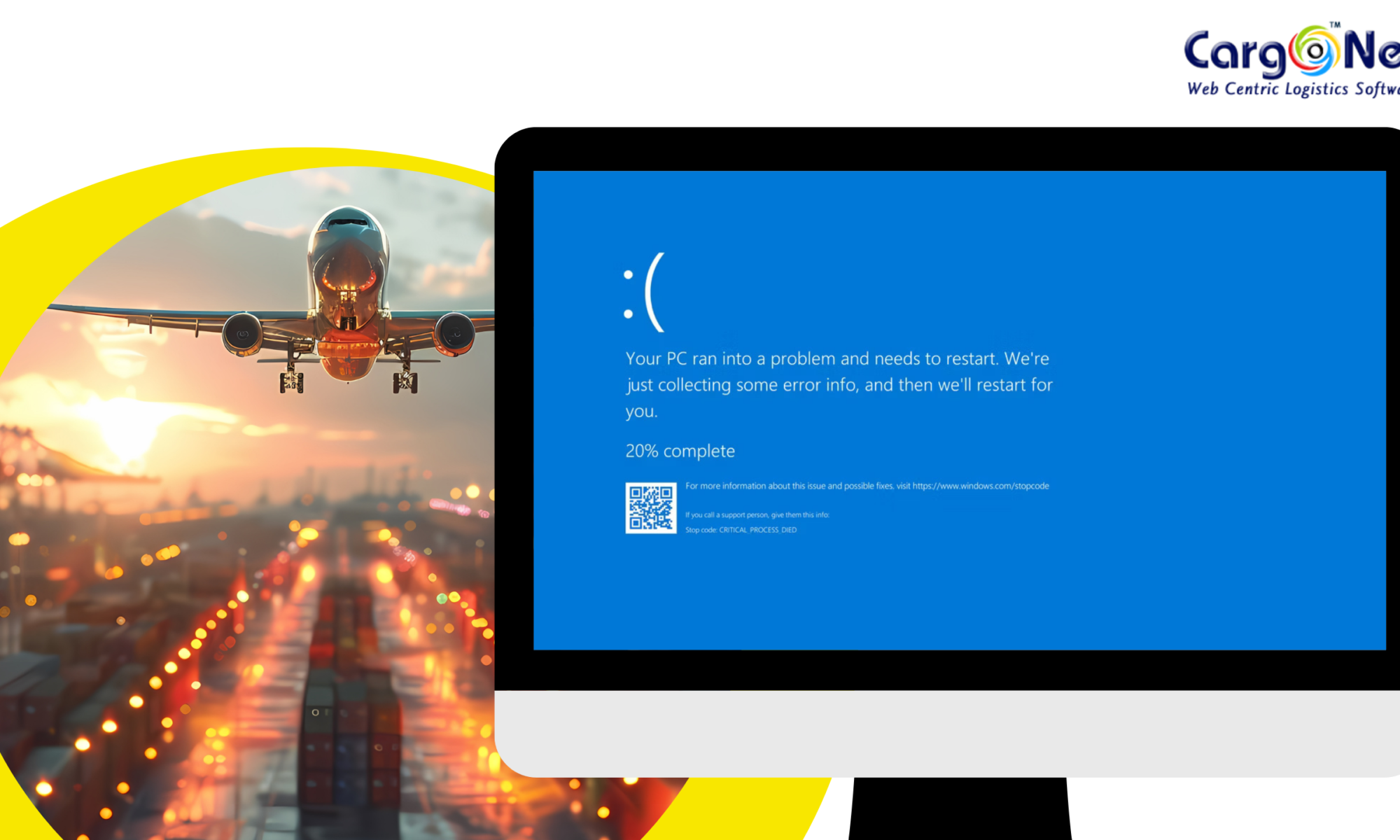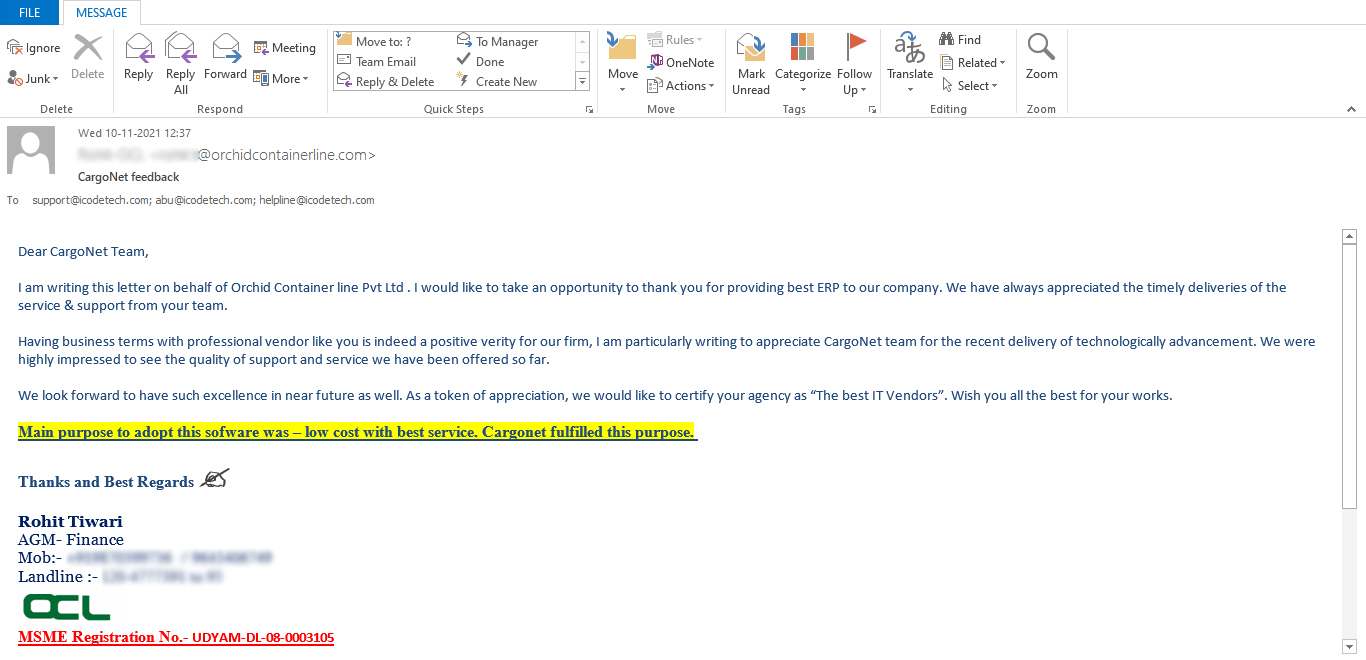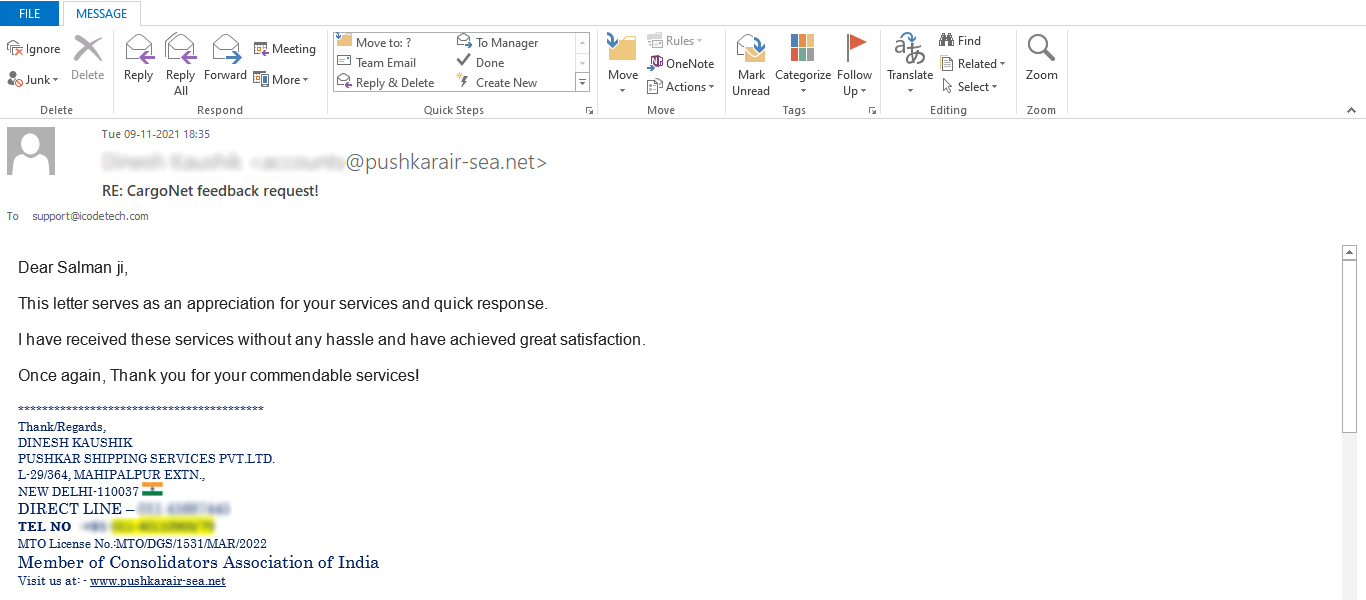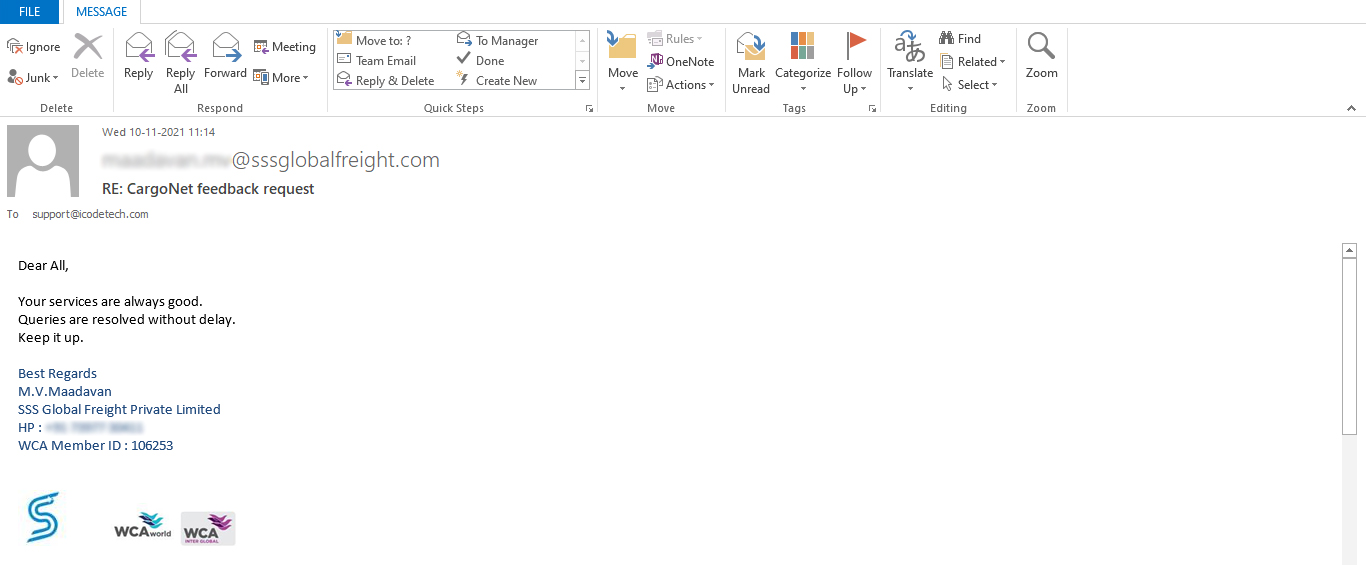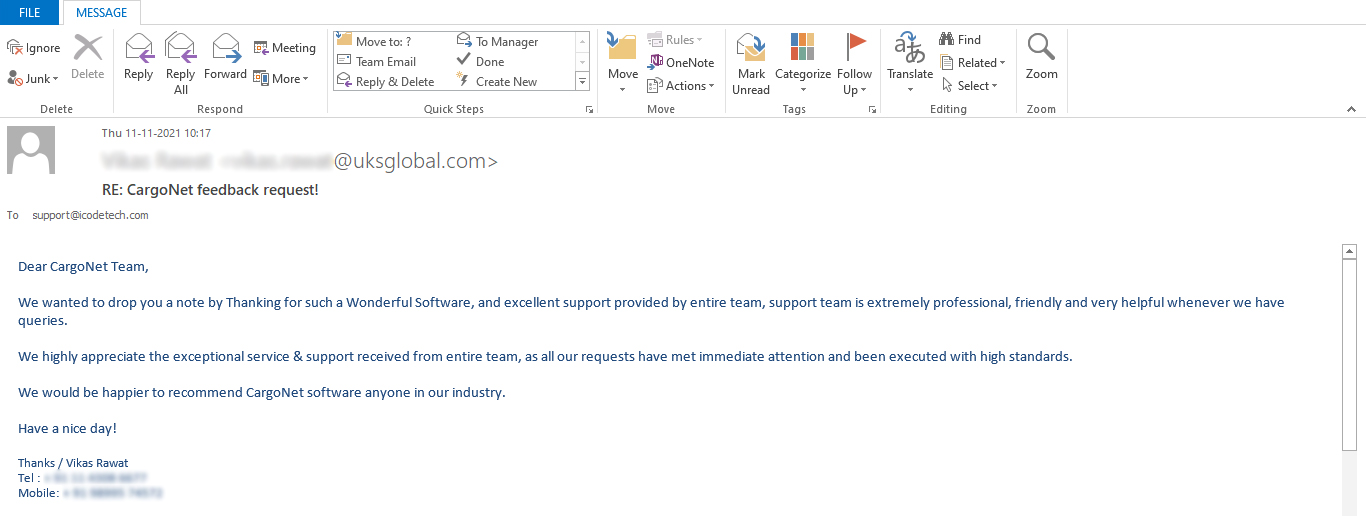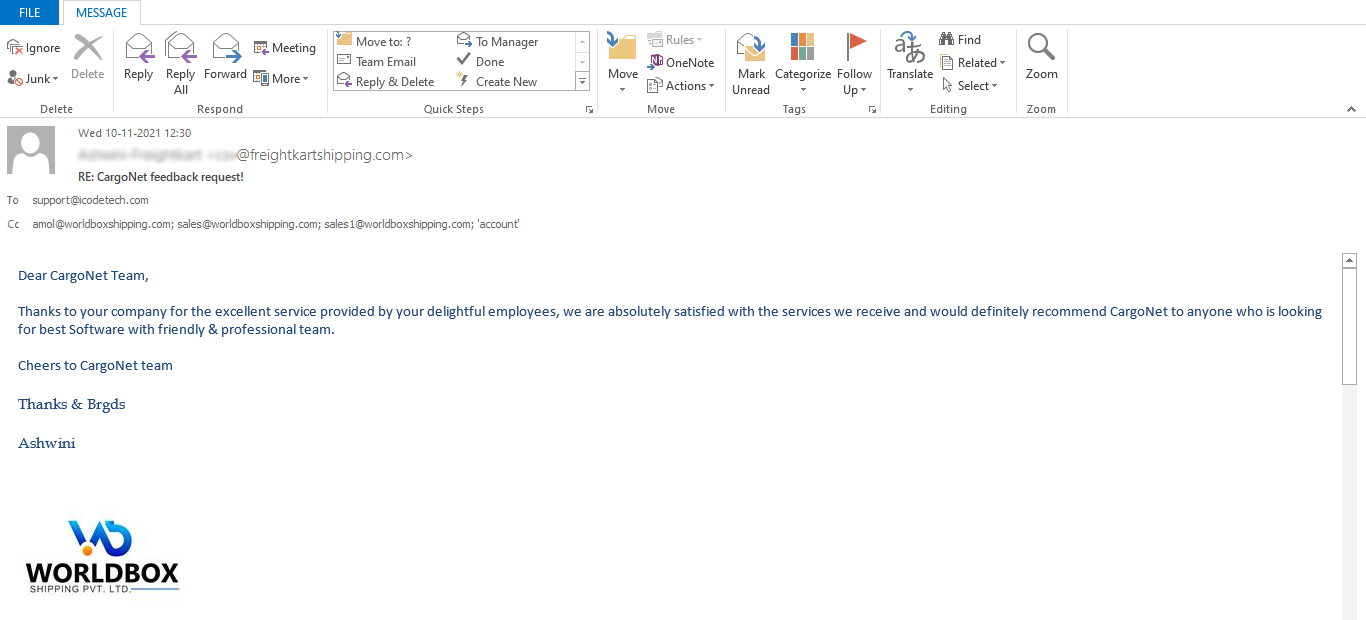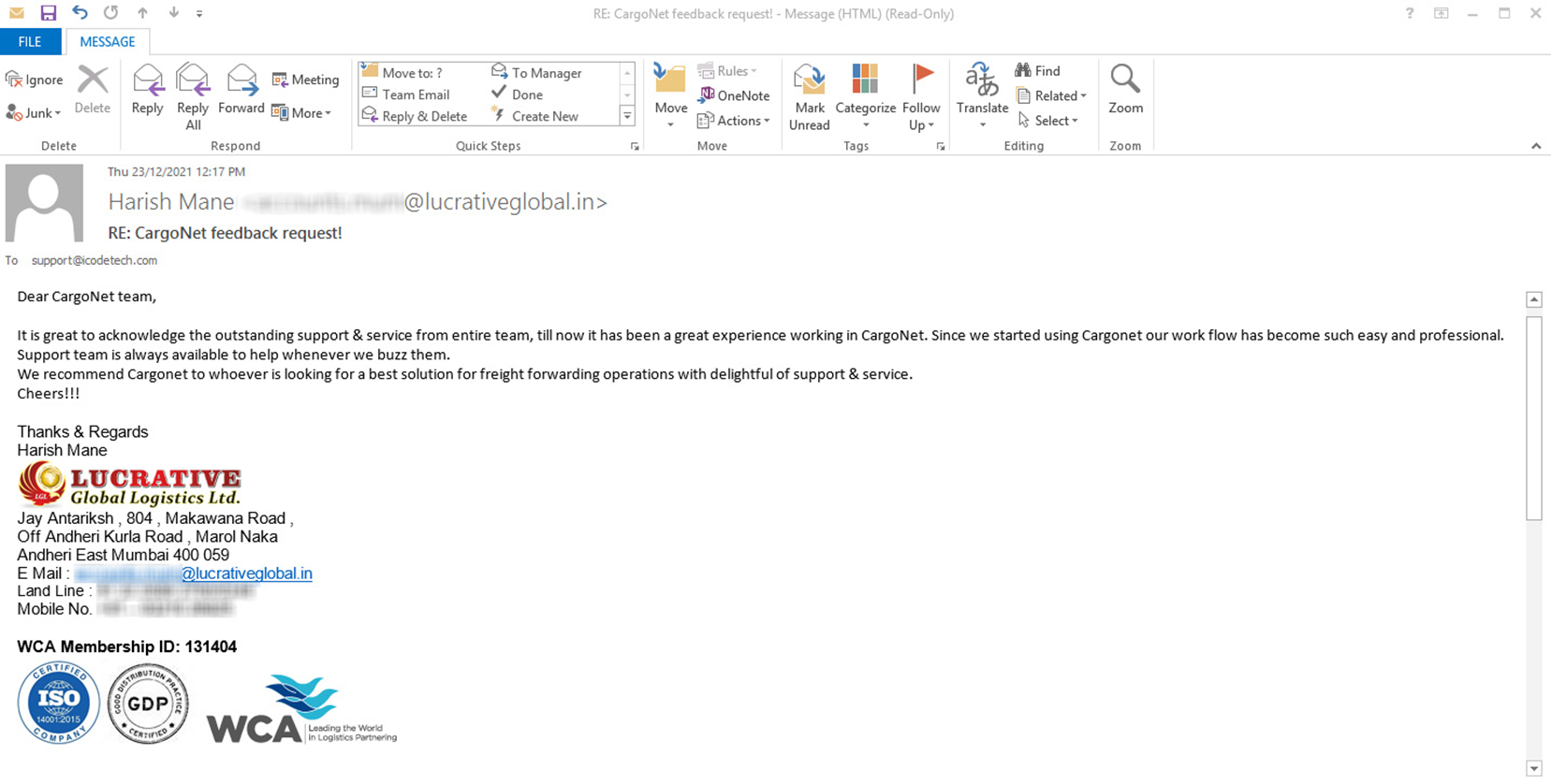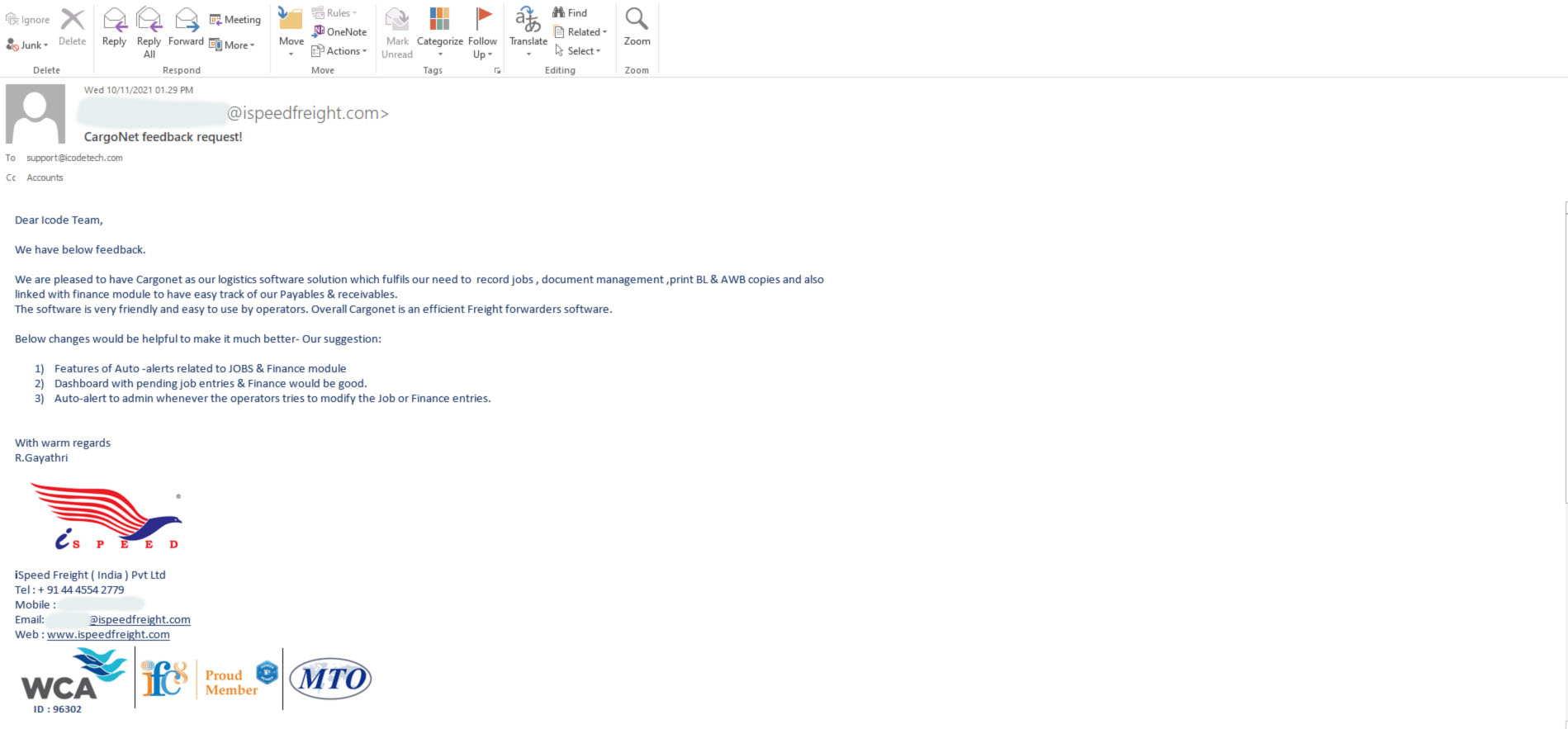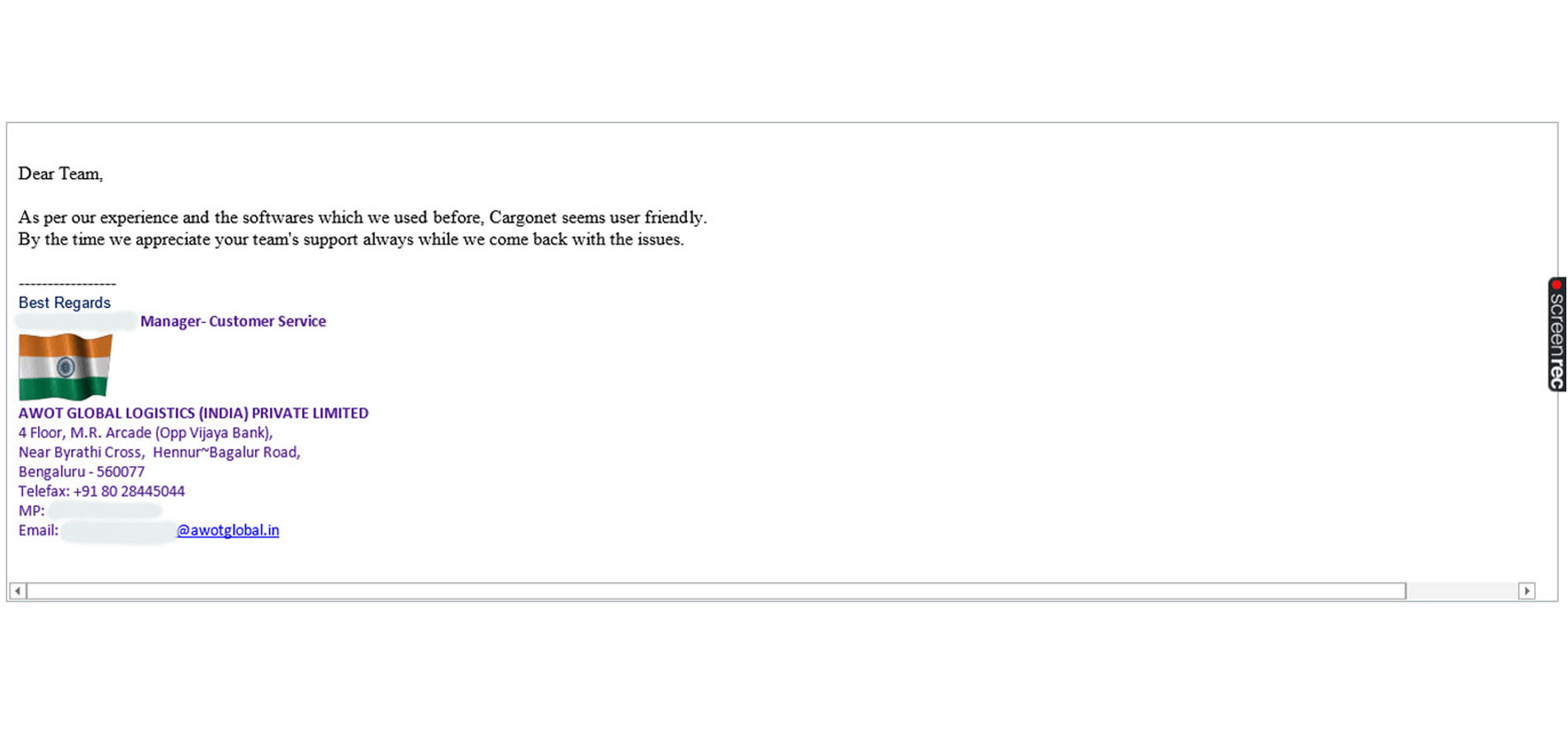In India’s fast-growing logistics landscape, the demand for speed, accuracy, and efficiency is higher than ever. As fleet operations expand, managing toll expenses efficiently becomes a critical task. CargoNet, a leader in logistics software, has introduced FASTag integration to automate toll payments and expense tracking. This powerful tool helps logistics companies optimize fleet management effortlessly.
What is FASTag?
FASTag is India’s electronic toll collection system using Radio Frequency Identification (RFID) technology. It allows vehicles to pass through toll plazas without stopping for cash payments. The toll amount is automatically deducted from a linked prepaid account. This system saves time, reduces fuel consumption, and improves traffic flow, especially for commercial vehicles, which are now required by law to use FASTag.
CargoNet FASTag Integration in India
CargoNet’s FASTag integration addresses the challenges of toll management for Indian logistics companies. Fleet managers no longer need to handle physical toll receipts or make manual payments. Everything is automated and centralized, improving accuracy and transparency in toll expense management.
Key Benefits of CargoNet FASTag Integration
- Automated Toll Payments: FASTag deducts toll fees automatically, cutting down delays at toll plazas and reducing manual intervention.
- Real-Time Tracking: Fleet managers get instant insights into toll usage and payments across their fleet.
- Centralized Platform: Manage all FASTag transactions and vehicle expenses in one place, reducing the need for manual reconciliations.
CargoNet FASTag Tracking and Expense Management in India
CargoNet’s FASTag integration also comes with a powerful expense management system. Logistics companies can track toll expenses in real time, controlling costs and optimizing toll-related spending.
Key Features of the Expense Tracking System
- Real-Time Monitoring: Track toll charges for each vehicle automatically, ensuring no expenses are overlooked.
- Detailed Reports: Generate reports by vehicle, date, and route to analyze spending and make data-driven decisions.
- Budgeting and Forecasting: Use accurate toll tracking data to forecast expenses and set better budgets, helping companies avoid overspending.
Why FASTag Integration is Crucial for India’s Logistics Industry
Integrating FASTag into logistics operations is essential not just for automating toll payments but also for boosting fleet efficiency. In India, where FASTag is mandatory for commercial vehicles, CargoNet’s integration ensures compliance and optimizes toll management.
Benefits of CargoNet FASTag Integration for Indian Logistics Companies
- Faster Transit: Vehicles pass through toll plazas without delays, improving delivery times and saving fuel.
- Cost Efficiency: Automated toll payments prevent errors and overcharges, while real-time tracking ensures financial accuracy.
- Enhanced Control: Centralized toll data helps logistics managers control expenses and improve operations.
- Easy Compliance: CargoNet’s integration helps logistics companies stay compliant with Indian regulations easily.
Conclusion
CargoNet’s FASTag integration is transforming toll management in India’s logistics sector. By automating toll payments and simplifying expense tracking, CargoNet helps companies improve efficiency, reduce costs, and focus on timely deliveries.
Ready to optimize your logistics operations? CargoNet’s FASTag integration makes toll management and expense tracking easier than ever. Call us at +91 7892454090 to learn how we can simplify fleet management and give you a competitive edge. Contact us now for a free demo!





